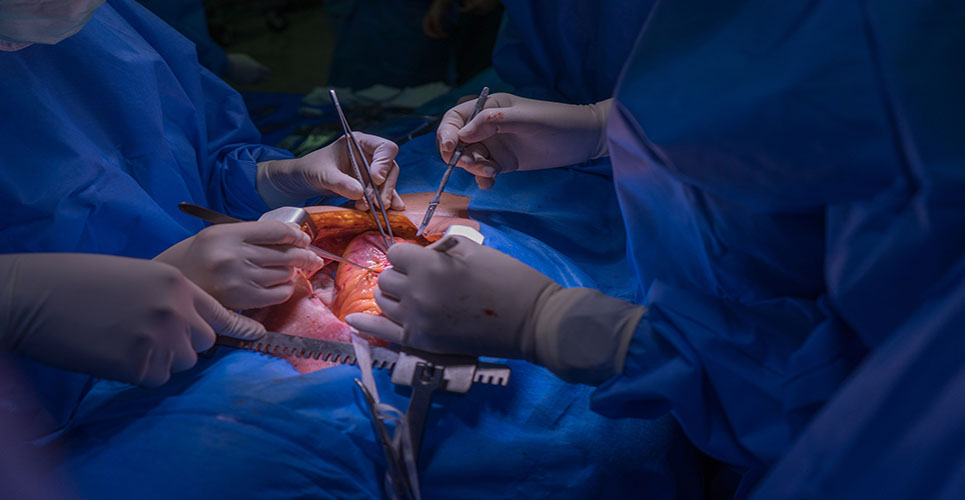teaser
Brian Edwards CBE
Emeritus Professor of Healthcare Development
University of
Sheffield
UK
President
HOPE
(European Hospital and Healthcare Federation)
Almost 10 people a day die in Europe waiting for organ transplantation. There are currently 40,000 patients in Europe on waiting lists for organ donation. This is likely to be a significant understatement as, because of the known shortage of organs, clinicians operate very selectively. Mortality on waiting lists is between 15 and 30%. In response to this problem, the European Commission has launched a public consultation on the future of EU action in this field, essentially asking the question: “What more could be done on a European basis to tackle the problem?”
Marcos Kyprianou, the Commissioner for Health and Consumer Protection, said, “Organ transplants are amongst the great medical miracles which save the lives of thousands of people across Europe every year. However, access to this life-saving treatment and its quality varies depending upon which Member State you are in. Moreover, the scarcity and uneven distribution of organs encourages the dreadful and illegal practice of human organ trafficking.”
The facts do indeed show enormous variations in policy and practice between Member States. Spain manages to secure 34.6 donors per million population, the UK 13.8, Greece 6 and Romania only 0.5. As the Commission points out, these variations cannot be explained by differences in the general or specific mortality rates. They are more likely to be a product of national laws and harvesting procedures. Perhaps not surprisingly, there are few exchanges of organs between Member States.
There is now an economic justification for action, with the Commission calculating that 10,000 renal patients living with a functioning kidney graft saves over €200m annually compared with dialysis. The majority of donors are patients who die in hospital after an irreversible cessation of all brain functions. However, the identification of prospective donors varies widely, as do the mechanisms for collection. The use of living donors is low in Europe compared with the USA.
The options for action are as follows:
- First level – continue as at present with light-touch coordination, support for the creation of a European registry on organs, cells and tissues, research into efficient donor and transplantation system and blood safety, as well as work in identifying solutions to donor trafficking.
- Second level – continue with current programmes more actively, take steps to facilitate coordination with a common set of donor data, specifying quality and safety standards and promotion of training and EU donor registers.
- Third level – entails a directive on transplantation designed to ensure that there are comparable basic levels of quality and safety among Member States.
What is not clear is the financial impact the higher levels of action would have on EU funding or national health programmes. While some improvements might be materialised out of better collection processes and new laws, real progress will depend crucially on investment levels. National governments might have higher priorities. The temptation to leave it to the existing informal transplant networks, of which there are many, will be significant.
The consultation paper is available online from: http://europa.eu.int/comm/health

